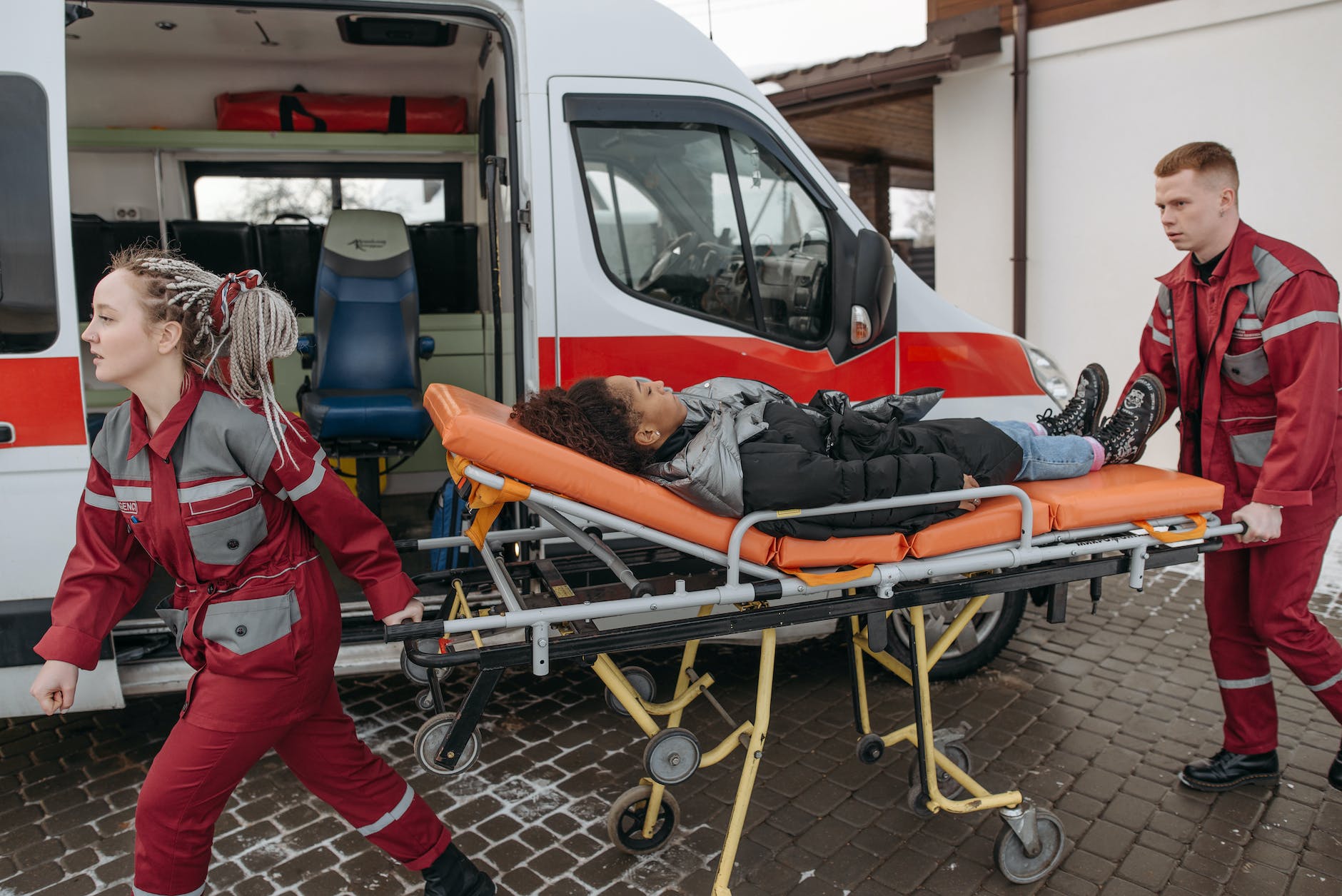Introduction
Advanced Trauma Life Support (ATLS) is a standardized approach for the management of trauma patients, designed to ensure prompt, efficient, and effective care. Developed by the American College of Surgeons (ACS) in 1978, ATLS has been adopted by healthcare professionals worldwide. This blog post will provide an in-depth look at the ATLS principles, assessment, and management of trauma patients.
- ATLS Principles
ATLS is founded on several key principles that are crucial for the successful management of trauma patients:
a. Prioritization: The ATLS approach emphasizes addressing the most life-threatening injuries first, following the well-known ABCDE mnemonic (Airway, Breathing, Circulation, Disability, and Exposure).
b. Simultaneous assessment and intervention: ATLS encourages medical professionals to perform assessments and interventions concurrently to save time and optimize patient care.
c. Teamwork and communication: Effective communication and collaboration among healthcare professionals are vital in managing trauma patients.
d. Standardized approach: ATLS provides a structured and consistent approach to trauma care, ensuring that all healthcare professionals follow the same steps.
- Primary Survey: ABCDE
The primary survey is the initial assessment of the patient and focuses on identifying and addressing life-threatening conditions.
a. Airway (A): Assess the airway to ensure that it is patent and protected. If necessary, employ basic and advanced airway management techniques, such as chin lift, jaw thrust, or intubation.
b. Breathing (B): Assess breathing by inspecting the chest, auscultating breath sounds, and assessing respiratory rate and effort. Treat any life-threatening conditions, such as tension pneumothorax, open pneumothorax, or massive hemothorax.
c. Circulation (C): Assess circulation by evaluating skin color, pulse, blood pressure, and capillary refill time. Control external hemorrhage and consider administering intravenous fluids or blood products if necessary.
d. Disability (D): Perform a quick neurological assessment, including the Glasgow Coma Scale (GCS), pupil size and reactivity, and lateralizing signs. Stabilize any suspected spinal injuries with a cervical collar or other immobilization devices.
e. Exposure (E): Remove clothing and fully expose the patient to identify any hidden injuries. Be cautious about maintaining patient privacy and preventing hypothermia.
- Secondary Survey
The secondary survey is a thorough head-to-toe examination to identify any non-life-threatening injuries. This assessment includes:
a. Detailed history: Obtain a focused medical history, using the AMPLE mnemonic (Allergies, Medications, Past medical history, Last meal, Events leading to injury).
b. Complete physical examination: Perform a systematic examination of the patient’s head, neck, chest, abdomen, pelvis, extremities, and posterior surfaces.
c. Diagnostic tests and imaging: Order appropriate tests and imaging studies based on the patient’s presentation and suspected injuries. Common studies include chest and pelvis X-rays, focused assessment with sonography for trauma (FAST) ultrasound, and computed tomography (CT) scans.
- Ongoing Assessment and Re-evaluation
Regularly reassess and re-evaluate the patient’s condition, especially after any interventions. This process ensures that any changes in the patient’s condition are quickly identified and addressed.
Conclusion
ATLS is an essential framework for medical professionals involved in the care of trauma patients. The systematic and prioritized approach helps to quickly identify and treat life-threatening injuries while providing a solid foundation for subsequent management. Familiarity with ATLS principles, assessment, and interventions is crucial for effective trauma care and can significantly impact patient outcomes.
Books

